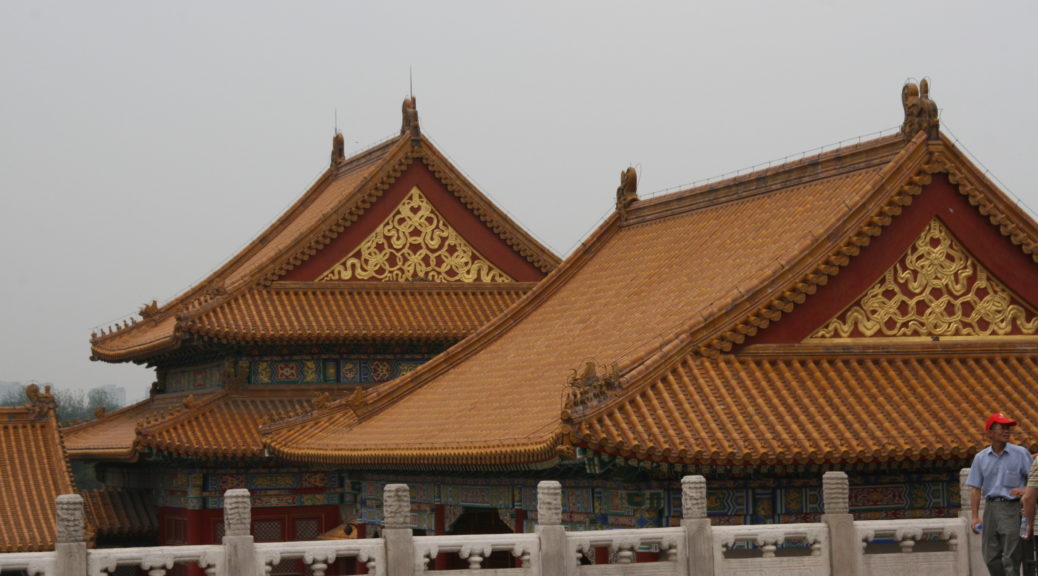
Beijing (Part Two)
Our tour group visited Tiananmen Square which means the Gate of Heavenly Peace. Besides being a major tourist attraction, many celebrations and military reviews are held here. This was also the site of the student and worker protests in 1989 which ended with many pro-democracy protesters being killed. The first picture under this paragraph is the Chairman Mao Memorial Hall. Our guide told us that Chairman Mao is revered by the Chinese people and indeed, many Chinese were waiting to enter the Hall. Tiananmen Square is huge, which I hope the next picture portrays. There is also a large video screen in the Square which commemorates the achievements of the Chinese people. The final two pictures in this section are of the Tiananmen Tower. It features a large picture of Chairman Mao. The writing on the left of his picture is translated, “Long Live the People’s Republic of China” and the writing on the right is translated, “Long Live the Great Unity of the World’s Peoples.”
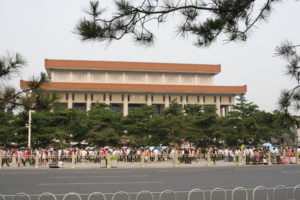
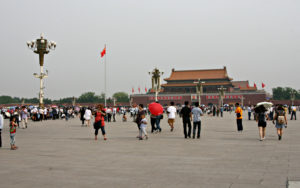
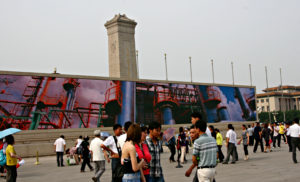

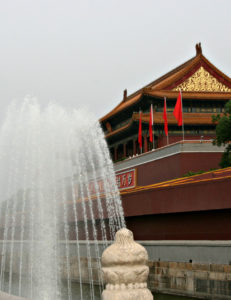
We then walked to the Forbidden City and entered through the Meridian Gate (picture immediately below). The Forbidden City was the imperial palace for 24 emperors from 1368 to 1911. It was forbidden to enter the complex without the consent of the emperor, thus the name “Forbidden City.” Walls and a moat surround the complex which in times past served as defense. Forbidden City is a UNESCO World Heritage Site. Within the complex was the Gate of Supreme Harmony, also pictured here. Outside this gate there were two large, bronze lions. The lion’s foot is stepping on a ball, symbolizing the supreme power of the emperor. Directly behind the Gate of Supreme Harmony is The Hall of Supreme Harmony. This was the palace from which emperors ruled and received dignitaries.
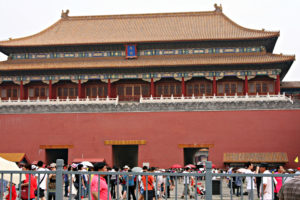
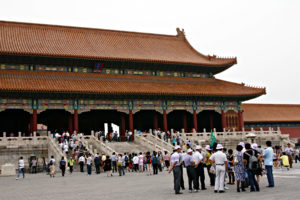
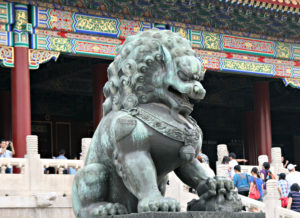
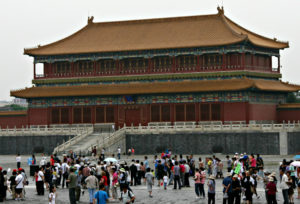
The Forbidden City covers just over 175 acres and includes many other buildings. The emperor lived in the Hall of Mental Cultivation. The emperor’s sleeping quarters are pictured. The empress lived in the Hall of Consolation. There were also temporary quarters for “imperial concubines.” Stone railings along steps and bridges in the complex were beautiful. The buildings in the Forbidden City are wood. There were large pots throughout the complex which, when filled with water, could be used in case of fire. The earlier ones were made of iron while others were made of copper. Can you imagine being on the detail that had to lift one of these pots, especially if filled with water?
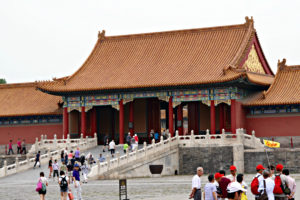
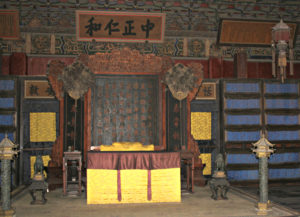
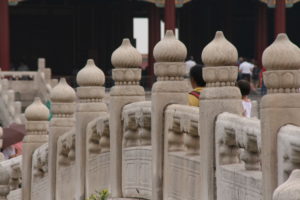

Immediately adjacent to the Forbidden City was the Imperial Garden. Initially established in 1420, the Imperial Garden contains the four elements of Chinese gardens: rocks, plants, water and architectural structures. These were the private gardens of the emperor and his family.

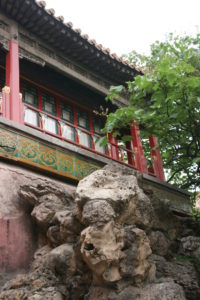
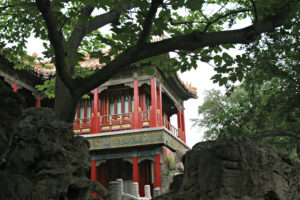
2 thoughts on “Beijing (Part Two)”
I hope you have a great trip!
Chris
I really enjoyed your blog. I am leaving for china Tuesday on basically this same trip with Tauck. Now I will read about the empress since I have done no reading or research on this trip you have got me interested. Thanks
Katrina
Comments are closed.